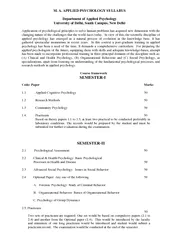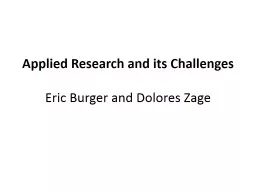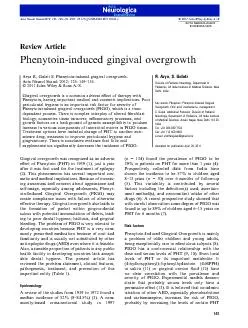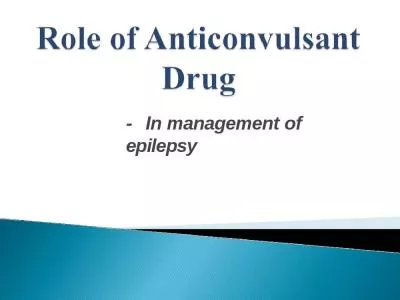PPT-PHENYTOIN REFERENCE: APPLIED
Author : winnie | Published Date : 2023-05-19
CLINICAL PHARMACOKINETICS Slideshow by lecturer HADEEL DELMAN phenytoin is highly bound 90 to albumin The usual therapeutic range for total unbound bound phenytoin
Presentation Embed Code
Download Presentation
Download Presentation The PPT/PDF document "PHENYTOIN REFERENCE: APPLIED" is the property of its rightful owner. Permission is granted to download and print the materials on this website for personal, non-commercial use only, and to display it on your personal computer provided you do not modify the materials and that you retain all copyright notices contained in the materials. By downloading content from our website, you accept the terms of this agreement.
PHENYTOIN REFERENCE: APPLIED: Transcript
Download Rules Of Document
"PHENYTOIN REFERENCE: APPLIED"The content belongs to its owner. You may download and print it for personal use, without modification, and keep all copyright notices. By downloading, you agree to these terms.
Related Documents














